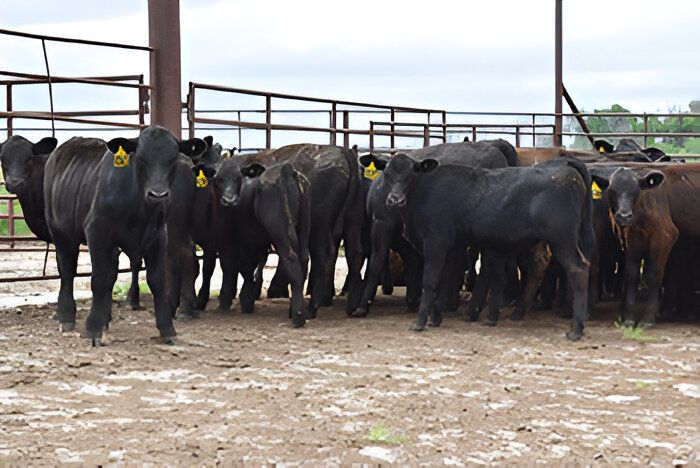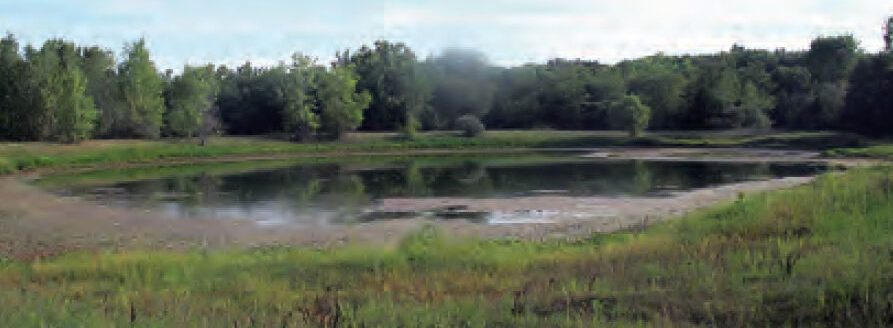U.S. Sens. Jerry Moran, R-KS, and Michael Bennet, D-CO, led their colleagues in the Senate and U.S. House of Representatives in raising concerns regarding the 2022 Emergency Relief Program Secretary of Agriculture Tom Vilsack.
“The 2022 crop year was challenging for many of America’s farmers and ranchers who were saddled with record-high production costs, inflation, and met with historic drought conditions in the West and significant flood and freeze events in other regions of the country,” the members wrote. “In light of these challenges, we thank you for the swift assistance made to livestock producers with drought or wildfire losses in 2022. However, following the U.S. Department of Agriculture’s 2022 ERP rollout for qualified crop losses, we have heard from producers in our states with concerns regarding the new program.”
The senators outlined several questions for Vilsack to increase transparency on how the emergency reimbursements were calculated, administered and what will be done with remaining funds.
“We recognize that ad hoc disaster assistance is costly to U.S. taxpayers and only a Band-Aid to issues exacerbated by extreme weather volatility,” the members stated. “It is for this reason that we believe an adequate farm safety net, including conservation investments that address persistent drought, are critical in any upcoming multi-year farm bill reauthorization.”
Sens. Moran and Bennet were joined by Sens. Thom Tillis, R-NC, John Hickenlooper, D-CO, Deb Fischer, R-NE, James Lankford, R-OK, and Pete Ricketts. R-NE. House members were Dusty Johnson, R-SD, Henry Cuellar, D-TX, Nathaniel Moran, R-TX, Lance Gooden, R-TX, Jim Costa, D-CA, Pete Sessions, R-TX, Yadira Caraveo, D-CO, Jake Ellzez, R-TX, August Pfluger, R-TX, Troy Nehls, R-TX, and Vincente Gonzalez, D-TX.
Almost a year ago, Congress passed, and President Joe Biden signed into law the Disaster Relief Supplemental Appropriations Act, 2023 (P.L. 117-328), which authorized $3.74 billion in emergency financial relief through the ERP to America’s farmers and ranchers who were afflicted by devasting natural disasters last year.
The lawmakers noted the 2022 crop year was challenging for many of America’s farmers and ranchers who were saddled with record-high production costs, inflation, and met with historic drought conditions in the West and significant flood and freeze events in other regions of the country. In light of these challenges, they expressed their thanks for swift assistance made to livestock producers with drought or wildfire losses in 2022. However, following the USDA’s 2022 ERP rollout for qualified crop losses, the lamwakers have heard from producers in tjeorstates with concerns regarding the new program.
The lawmakers wanted further explanations on how losses were tracked, payment factors and if the states with highest losses in 2022—Texas, Kansas, Nebraska, California, South Dakota, Montana, and Colorado—be the same top states with disaster payments received by producers.
They also noted the formula provides for an additional 75% payment factor in the federal register but now shows a 25% reduction that is available on the USDAs website. The lawmakers asked Vilsack to confirm that eligible producers in both tracs will see the additional 75% proration.
They also seek clarification on average payments USDA will issue in one of the tracks compared to amount of actual loss not covered through crop insurance and the Noninsured Crop Disaster Assistance Program.
Other questions were about past reimbursements and fee costs in 2020 and 2021 and how much of those funds were considered leftover and could be made available to assist. A fifth question was how USDA would issue additional payments.
The lawmakers say Congress provided $10 billion in natural-disaster related losses in 2020 and 2021 and provided that the funds, if available, could be tapped into until Dec. 31, 2023. If that was the case the lawmakers asked Vilsack to outline that scenario.
“As you continue to make 2022 ERP implementation decisions, we urge you to consider reimbursing crop insurance and NAP premiums as well as fee costs to some extent for all 2022 ERP-eligible producers,” the lawmakers wrote.
“We recognize that ad hoc disaster assistance is costly to U.S. taxpayers and only a band aid to issues exacerbated by extreme weather volatility. It is for this reason that we believe an adequate farm safety net, including conservation investments that address persistent drought, are critical in any upcoming multiyear farm bill reauthorization.”
The full letter is available by CLICKING HERE



